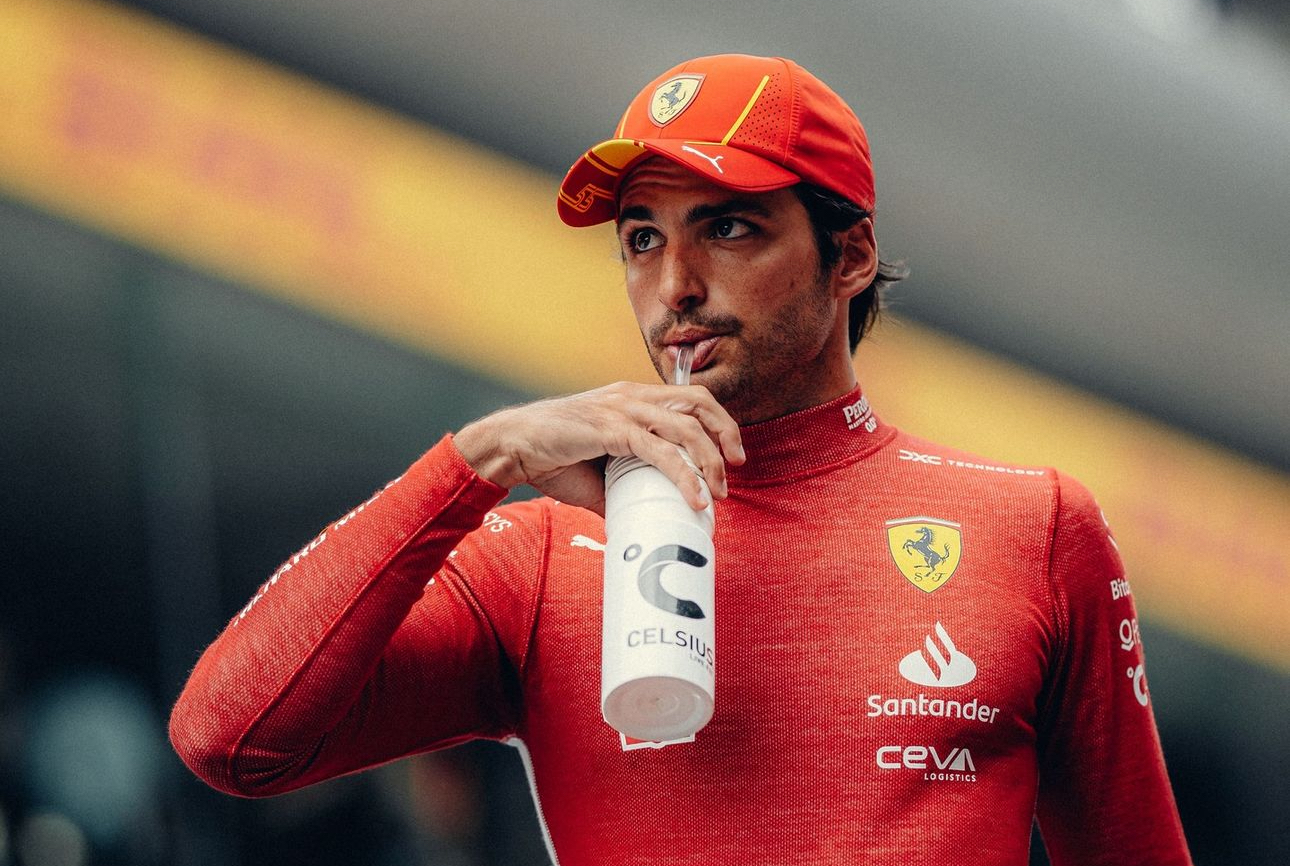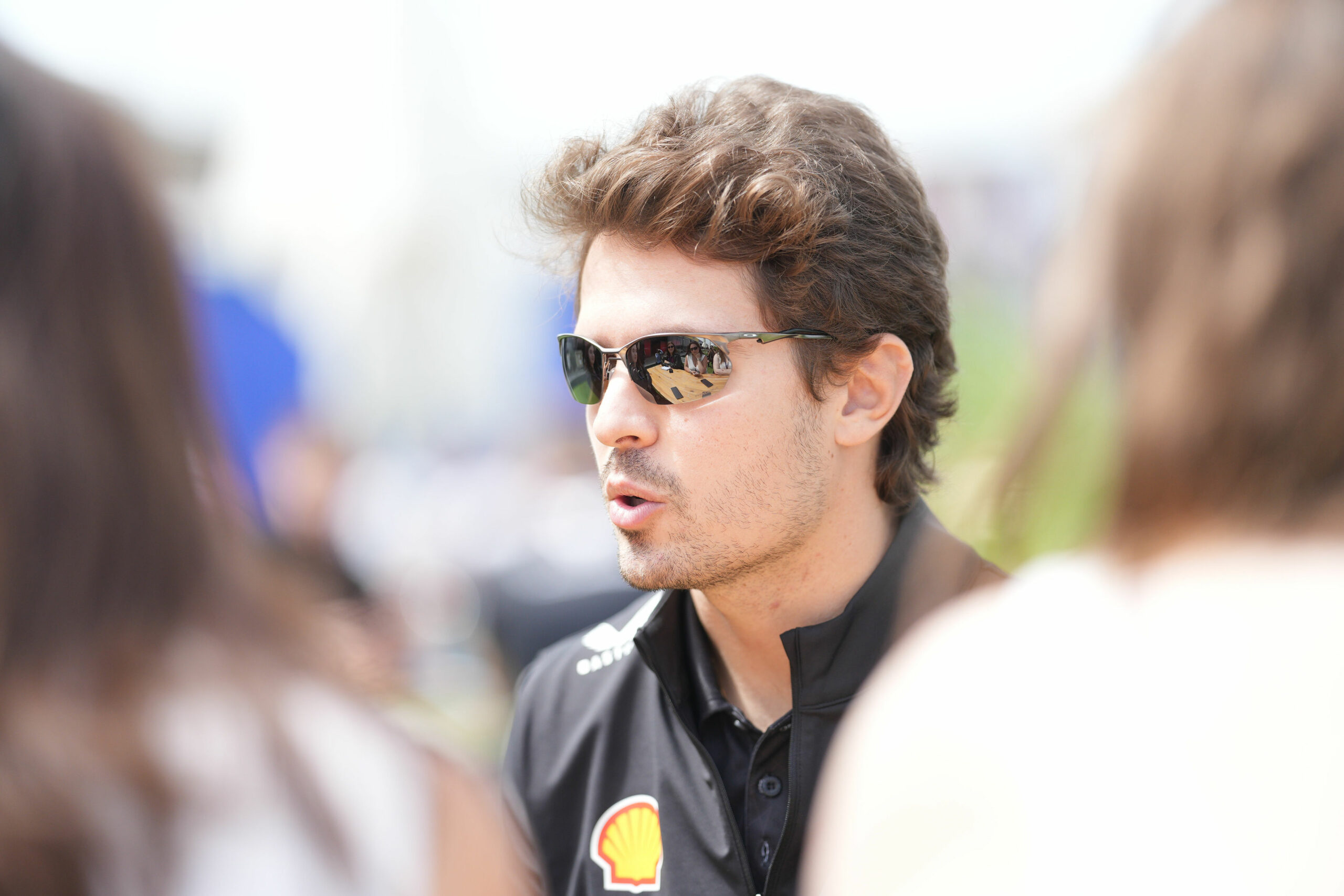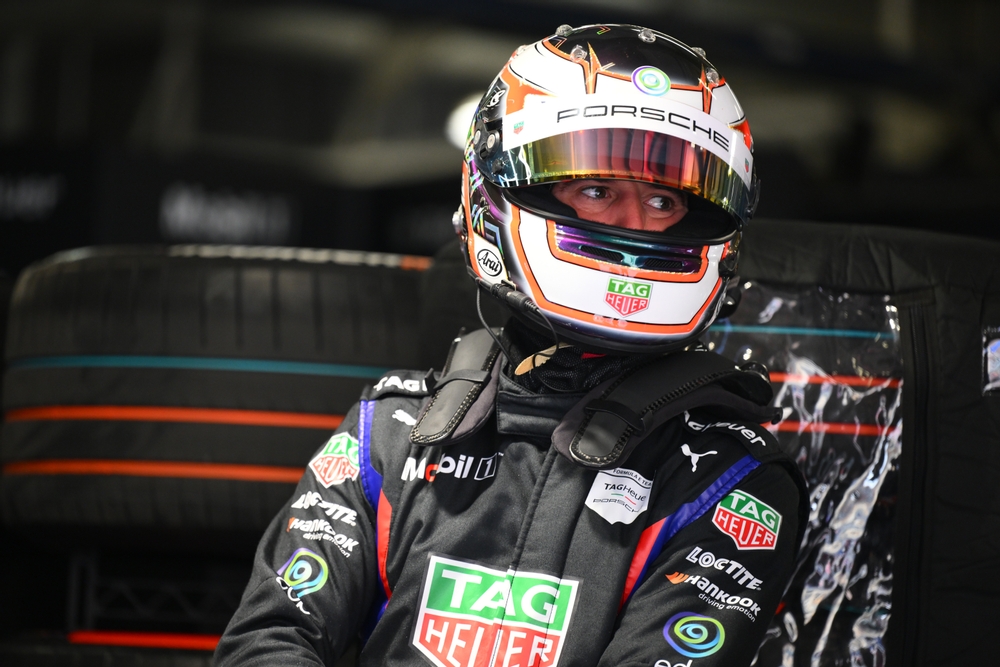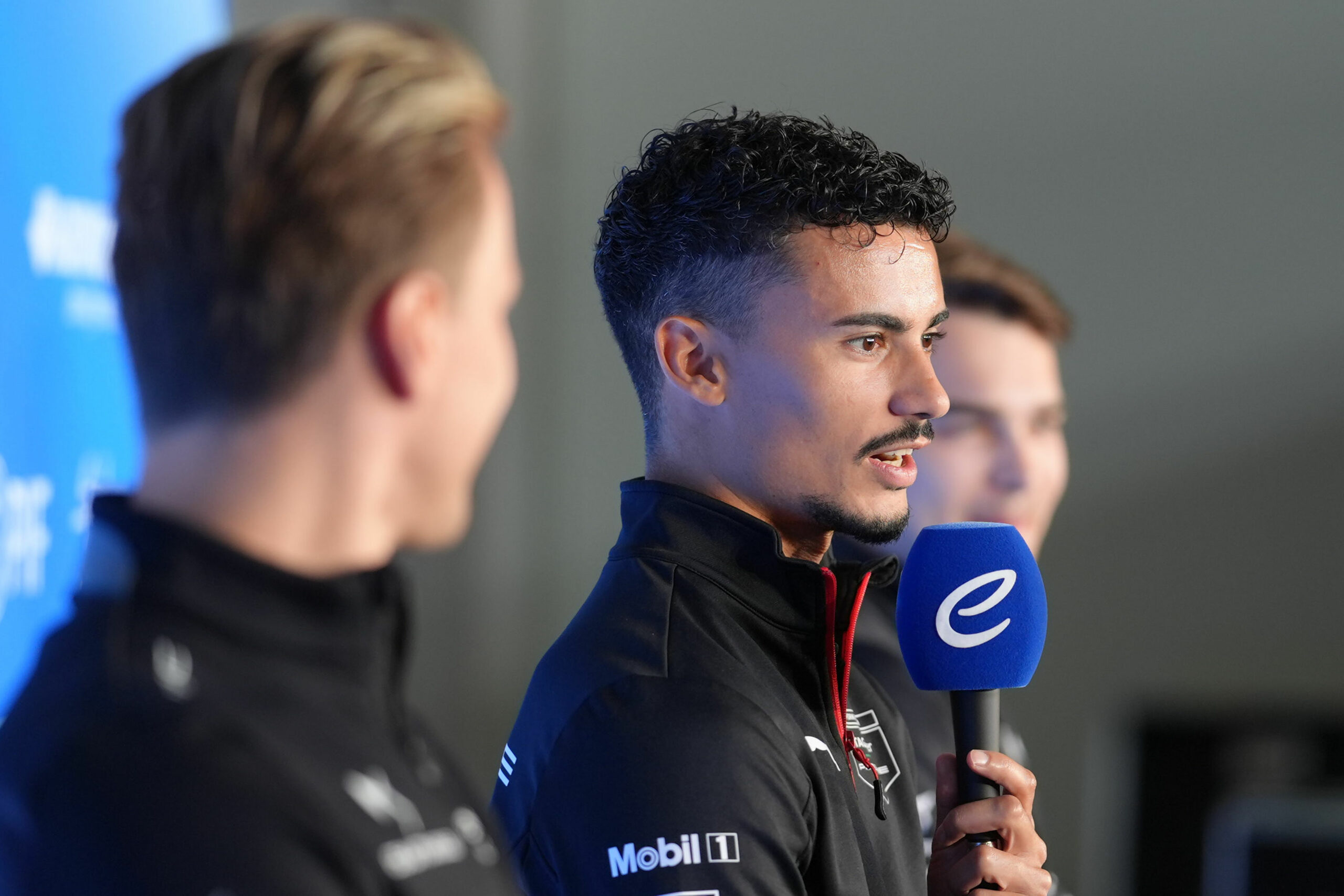Aston Martin, with an ‘encyclopedic’ knowledge of the rules, protested Carlos Sainz being permitted to rejoin Q2 in China due to the fact that his car was stationary for 77 seconds. In their eyes, this was a clear breach of article 39.6 of the F1 sporting regulations but their protest was dismissed. Following this, they (along with Scuderia Ferrari – the team which benefitted) now hope that the FIA will tidy up its Formula 1 sporting regulations for 2025.
Scuderia Ferrari’s Carlos Sainz arrived in Shanghai with 3 podiums from four races and one of those races brought the Spaniard his first win of 2024. Confidence was high but when Sainz made contact with the wall after the final corner in Q2 of the Chinese GP weekend, many assumed that his day was done. However, having managed to continue going under his own steam – and with a red flag caused from the incident – there was enough time for his car to be fixed and the Spaniard eased through Q2. Following this, he then started last Sunday’s Chinese Grand Prix P7 before finishing in P5 when the chequered flag fell.
Aston Martin’s performance director Tom McCullough explained how his sporting director Andy Stevenson wasted no time raising the concern.
“Andy sits next to me on the pit wall and he knows that rulebook inside out, he is like an encyclopedia. He’s been here for so long,” McCullough stated. “The minute it came up on the official messaging system that a car had stopped, he went – bang – ‘Article 39.6, he can’t’ [continue].”
Having been surprised to see Sainz permitted to continue, this prompted the protest from the team.
Article 39.6 of the F1 sporting regulations writes that: any driver whose car stops on the track during the qualifying session or the sprint qualifying session shootout will not be permitted to take any further part in that session.
Carlos Sainz had clearly stopped on track – but the protest was dismissed.
In the decision document, the stewards stated: “It is clear that the plain language of Art. 39.6 suggests that so long as a car “stops” on the track during a qualifying session, that car should not be permitted to take further part in the session.
“However, it was clear from the examples cited by a number of the team managers present and the FIA, that this was not how this rule was applied by the teams and the FIA in the past. In the FIA’s view, what was crucial was that the car would not receive any outside assistance in order to restart (e.g. from marshals).”
The document also said Aston Martin “accepted that there were prior examples of cars stopping on track and being allowed to continue, despite the plain wording of Article.39.6. However, they felt that stopping, in this case, for 1 minute and 17 seconds was too long and therefore should not have been permitted.”
The stewards concluded: “Taking into account the numerous examples where cars had stopped for different lengths of time and were permitted to restart and continue to participate in the session concerned, we considered that the decision taken by Race Control was not inconsistent with past practice nor in breach of Article 39.6.”
As much as Aston Martin may have accepted the decision, McCullough still hopes for more straightforward phrasing in future.
“It’s just clarifying things and in the end, a lot of discussion with the stewards and you’ve got to respect the decisions they’ve come to. But hopefully it’ll get tidied up and be less ambiguous going forward, because it’s pretty stated clearly in the messaging system that the car stopped.
“And that article says that that car shouldn’t take part further in qualifying. So, that’ll get tidied up going forward.”
McCullough appeared to have found an unlikely supporter in his aim in the form of Scuderia Ferrari team principal Fred Vasseur.
“I don’t know if it’s clear, but for sure we need to have some understanding of what’s happened,” Vasseur said. “We asked the race director if we could restart, he said yes, and it was end of the story. We have to define exactly the situation.
“But for sure what is true is that the regulations are more and more complicated. When I started the job, the sporting regulation was 20 pages, today it’s 75. We are all trying to find a loophole and the regulations are now more and more complicated, but on this one we will find an easy clarification.”
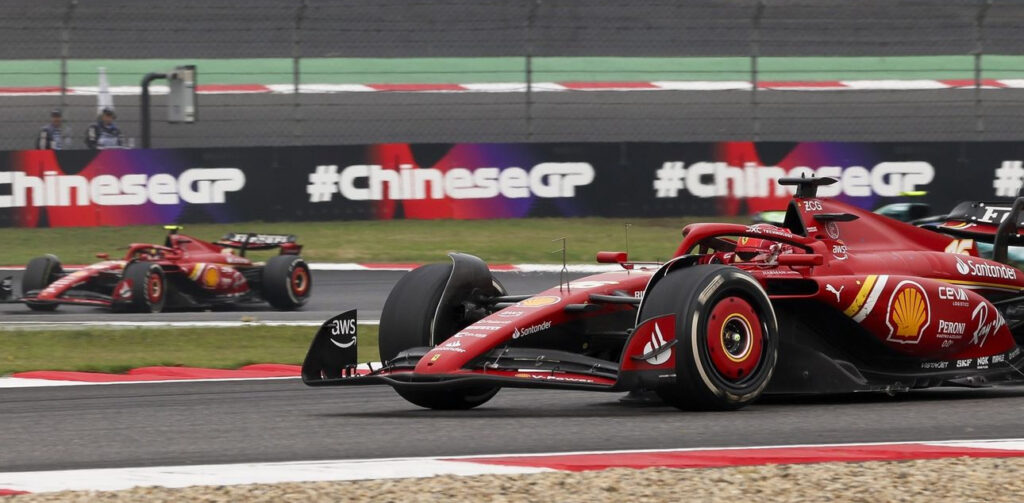
Such vocal protest was obviously influenced by the fact that Aston Martin had a vested interest. Sainz advancing to Q3 meant it was their driver Lance Stroll who was to miss out.
F2 and FIA F3 are currently trialling a new rule that a car which creates an incident to bring out a red flag may no longer partake in that session. Whether F1 goes down this path remains to be seen. Meanwhile, the season continues with races coming thick and fast and the possibility of even more controversial moments ahead.

